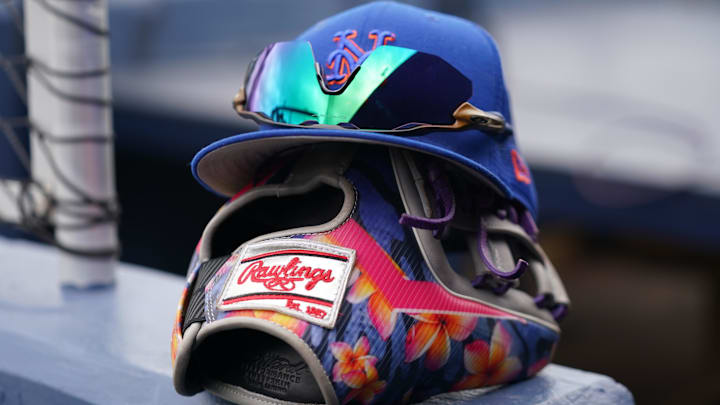The confetti’s still floating over the Rogers Centre, and the Los Angeles Dodgers have once again reminded baseball who’s running the sport’s penthouse. For the New York Mets, watching another parade out west should feel less like déjà vu and more like a masterclass in what real financial muscle looks like when it’s flexed with purpose. Talent wins games, but billion-dollar conviction builds dynasties.
Make no mistake, the Dodgers didn’t out-develop or outthink anyone. They outspent them. The lesson isn’t subtle, and it shouldn’t be lost in Queens. The Mets’ greatest competitive edge isn’t tucked away in a scouting report or an analytics lab; it’s sitting in a luxury box. Steve Cohen’s wallet, not David Stearns’ blueprint, is the only weapon in baseball powerful enough to match Los Angeles swing for swing.
The Mets can only catch the Dodgers if Steve Cohen opens the vault
Stearns can crunch every number in the book, but algorithms don’t lift trophies. The Mets can model, project, and optimize, yet in today’s National League, the spreadsheet only gets you to the starting line. The finish belongs to those willing to pay the toll, and that’s where Steve Cohen becomes a difference. His wallet isn’t just a resource; it’s the Mets’ greatest weapon in a league where money talks louder than metrics.
Look at the Dodgers. Their 2025 40-man payroll is expected to exceed $400 million, and their luxury tax payment is roughly $154 million. That single tax bill is larger than what the bottom 15 teams spend on their entire 40-man rosters. They’re the definition of financial force, and nowhere was it more obvious than on the mound in this year’s World Series.
For the Mets, this is the price of pitching at a championship level
Tyler Glasnow started one game, then came out of the bullpen later in the series, earning $32.5 million for his trouble. Clayton Kershaw, at $16 million, and Blake Snell, around $28 million, took turns covering critical innings—Snell even resurfacing from earlier starts to throw in Game 7. Yoshinobu Yamamoto, the World Series MVP, started twice and then returned for 2.2 shutout innings to finish off Game 7, collecting $18 million in the process. Those were the replacements for injured relievers Tanner Scott and Kirby Yates, each making around $13 million themselves. And then there was Shohei Ohtani, making $28 million (wink wink), who started twice in the series as if one of baseball’s star hitters weren’t already enough of a luxury.
If we’re being honest, the Mets aren’t exactly paupers. Their payroll sits right behind L.A.’s, which is precisely why expectations should match the spending. Juan Soto’s arrival wasn’t the product of prospect patience or front-office creativity. It was Cohen writing a check big enough to shift an entire lineup overnight. Pete Alonso’s extension? Same story. When the Mets flex, it’s because Cohen makes the call.
Stearns can find bargains and fill gaps, but it’s Cohen who must fund the empire. To slay the monster the Dodgers have built—and plan to keep feeding—the Mets can’t just follow the model. They must buy the mold.
